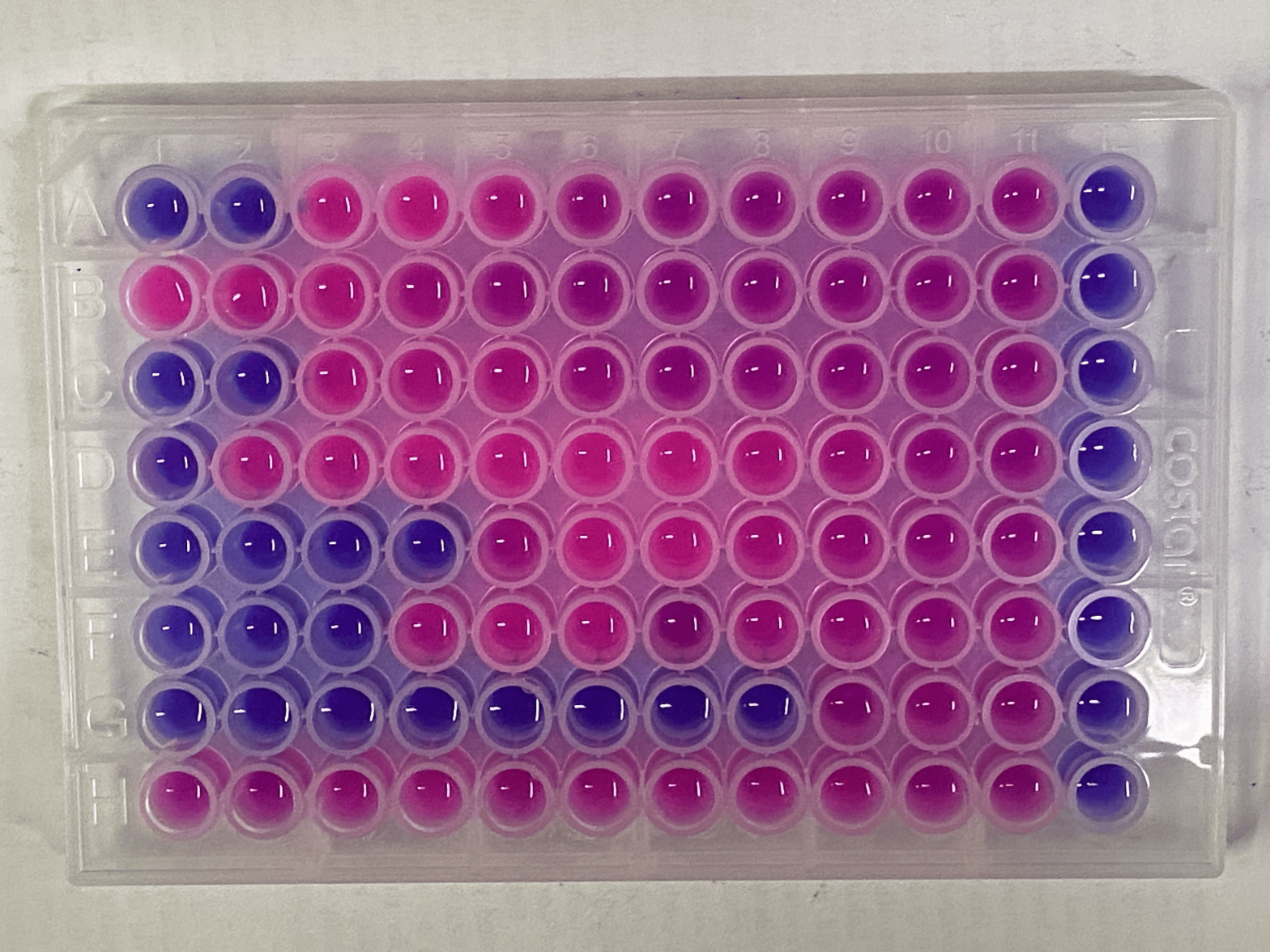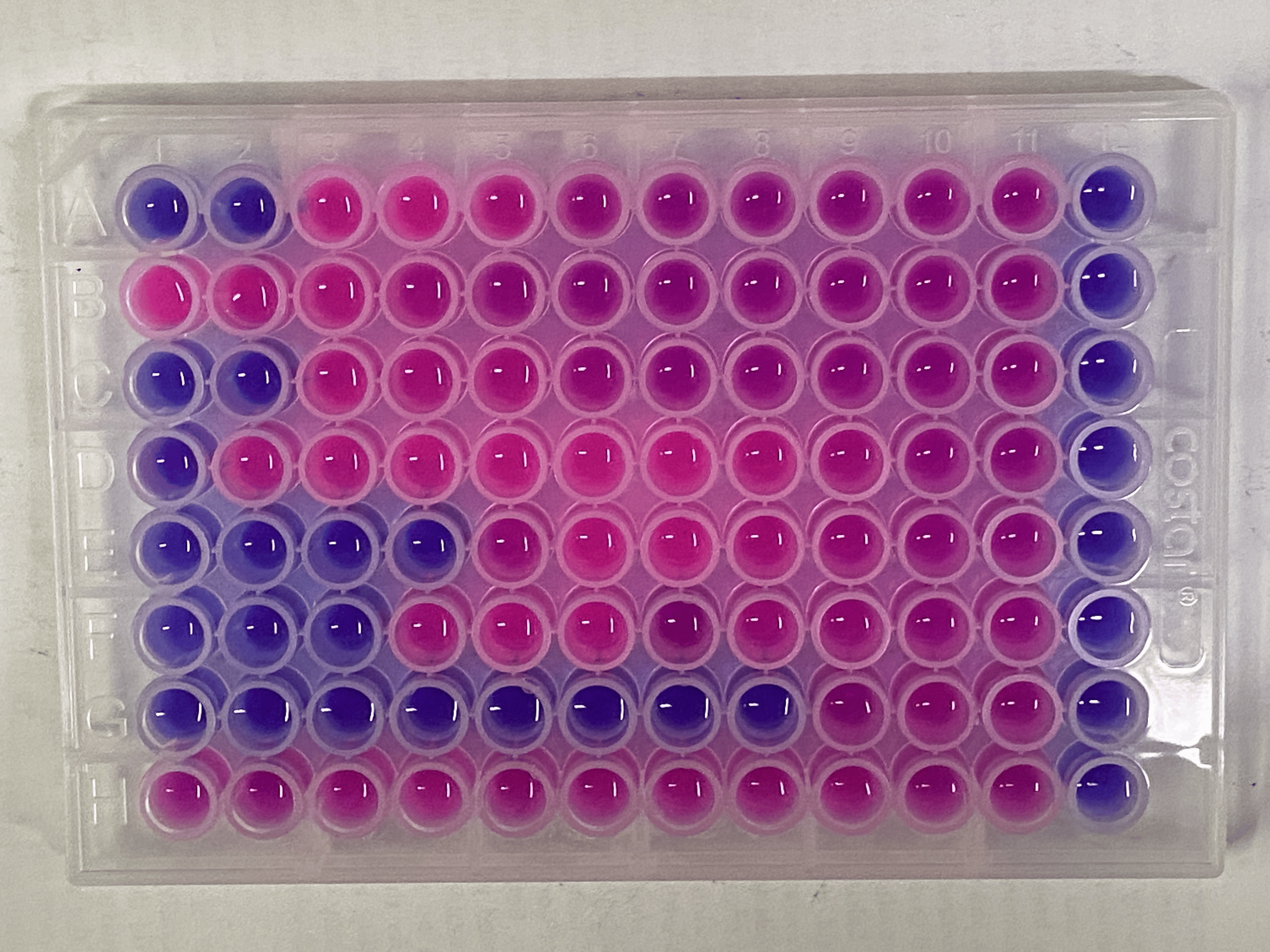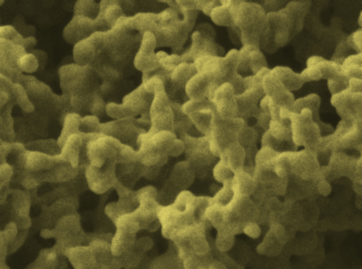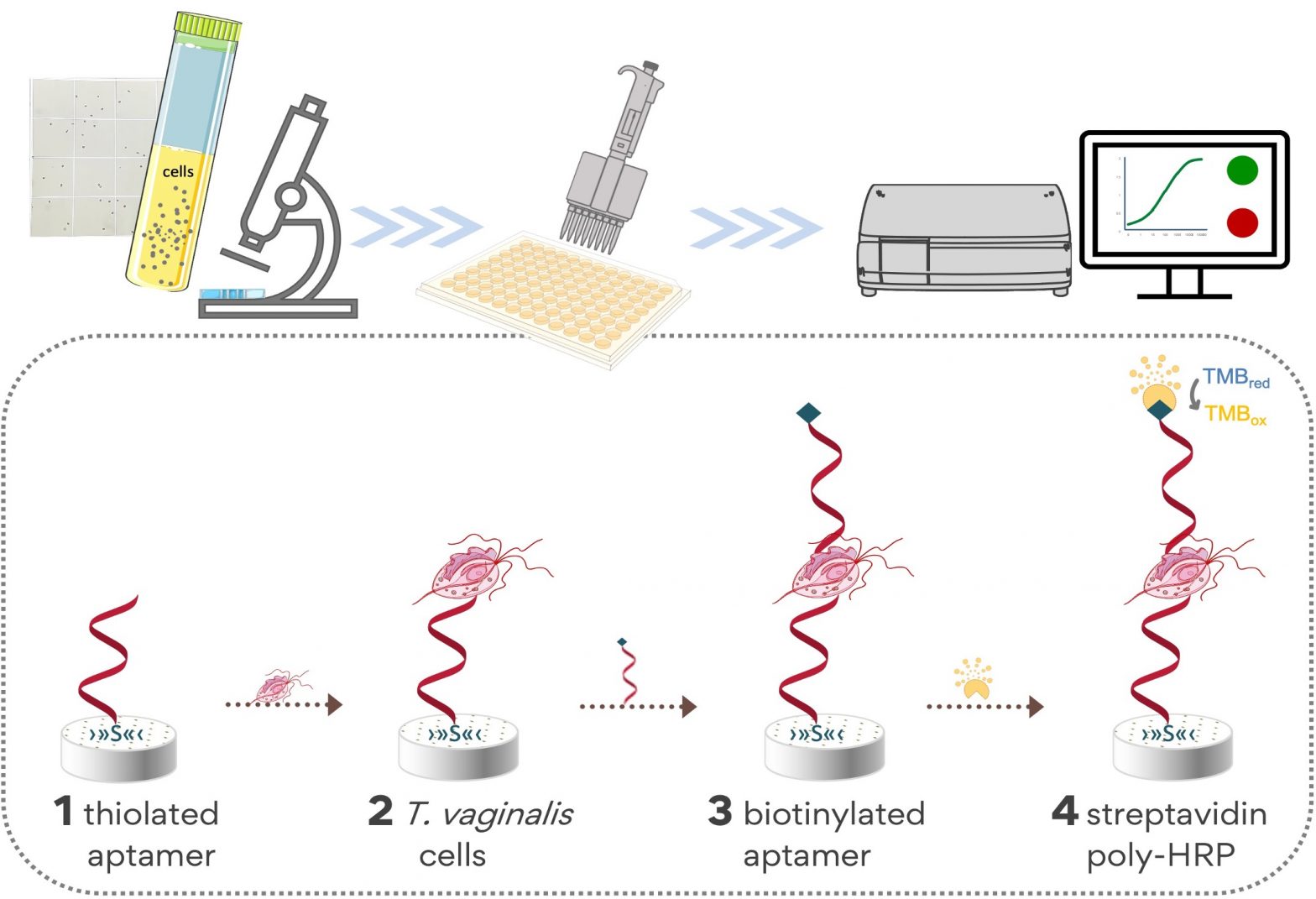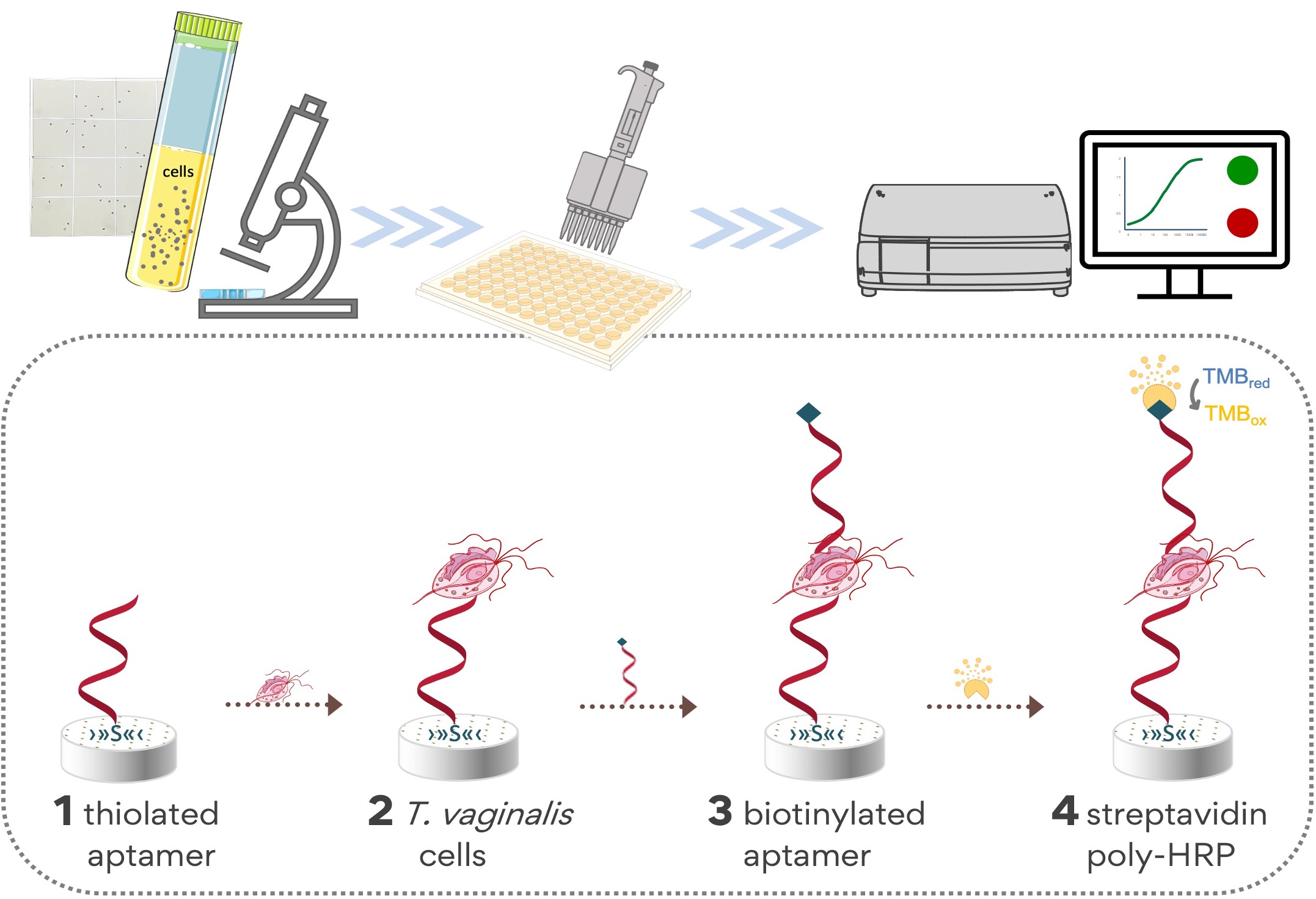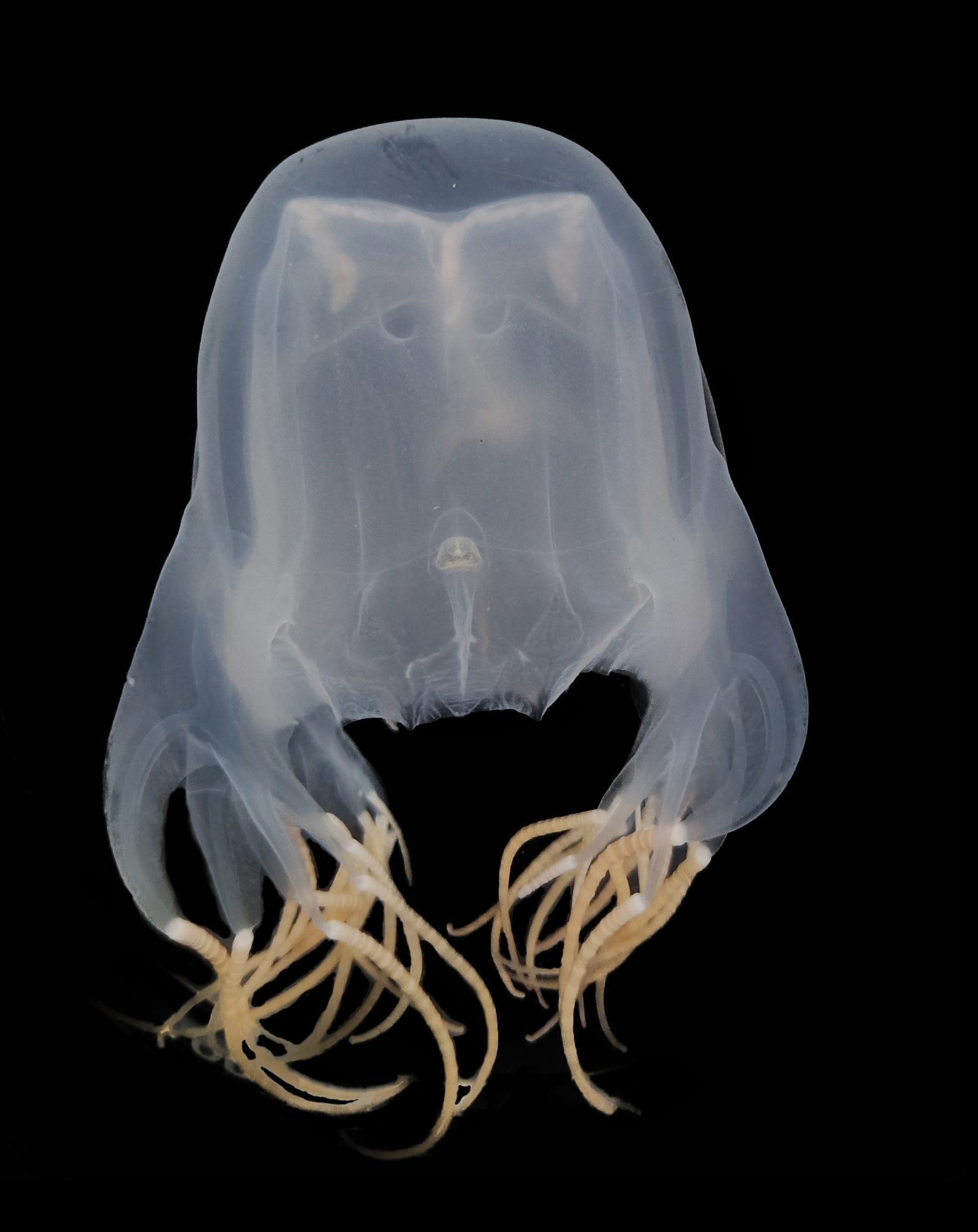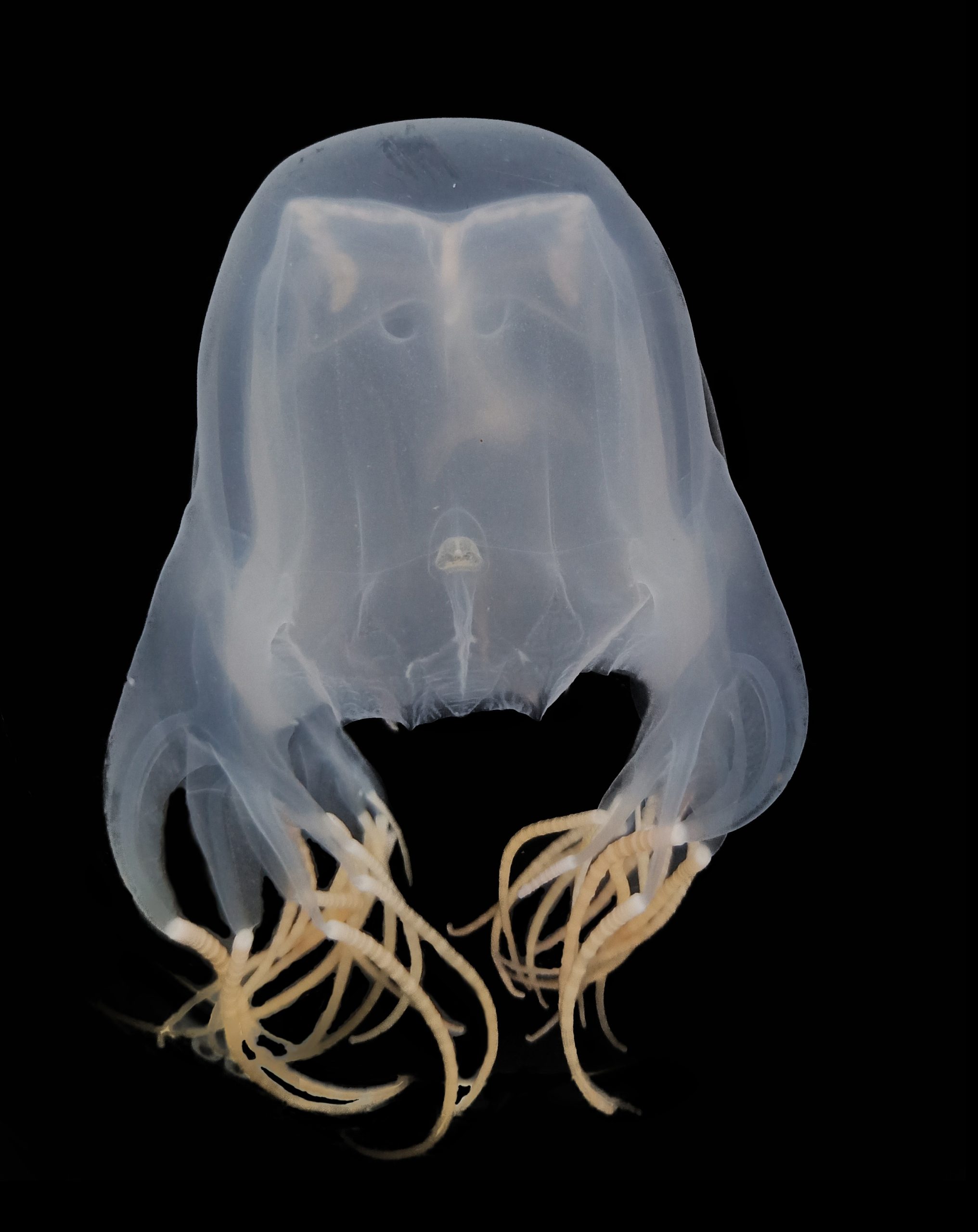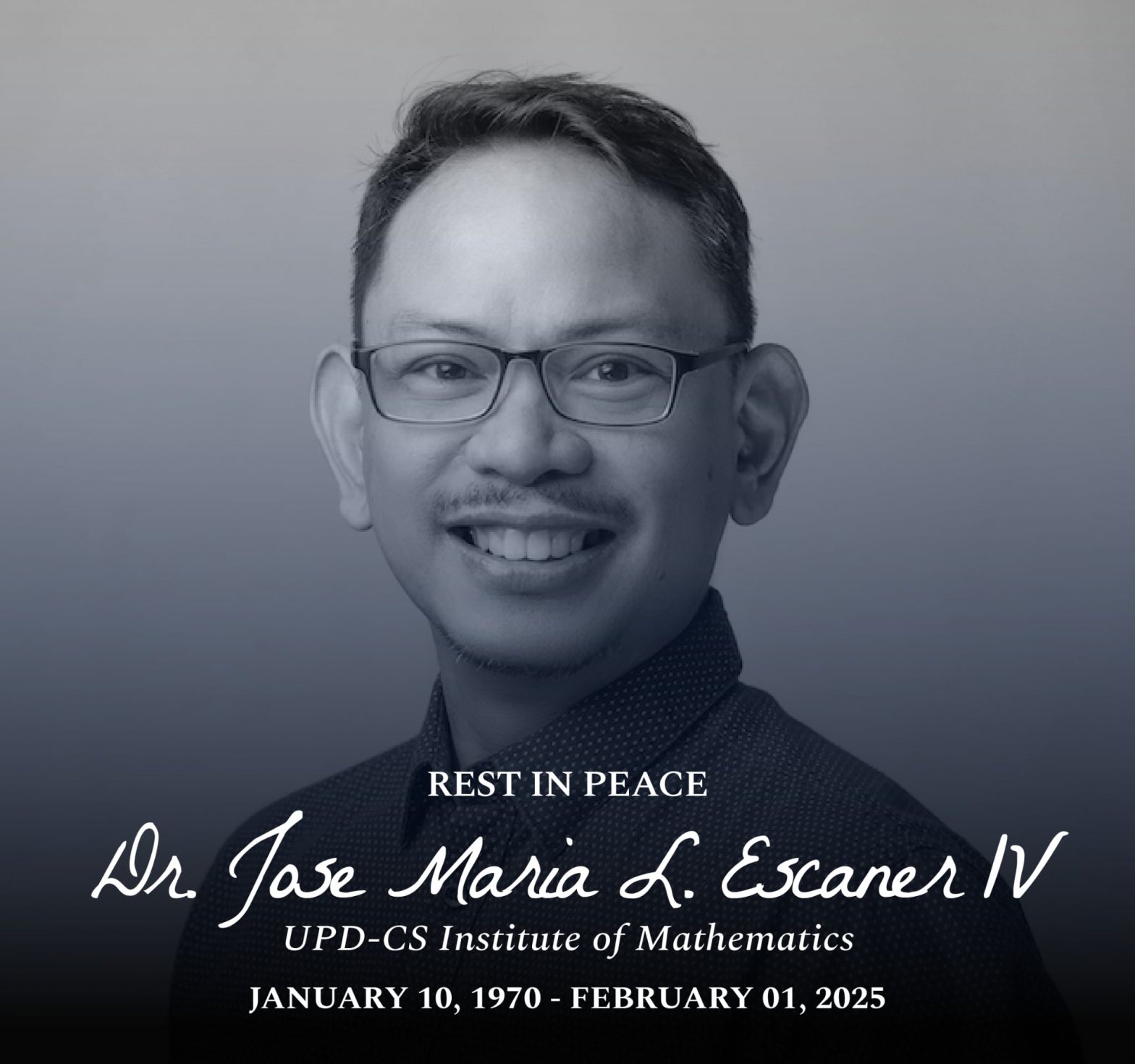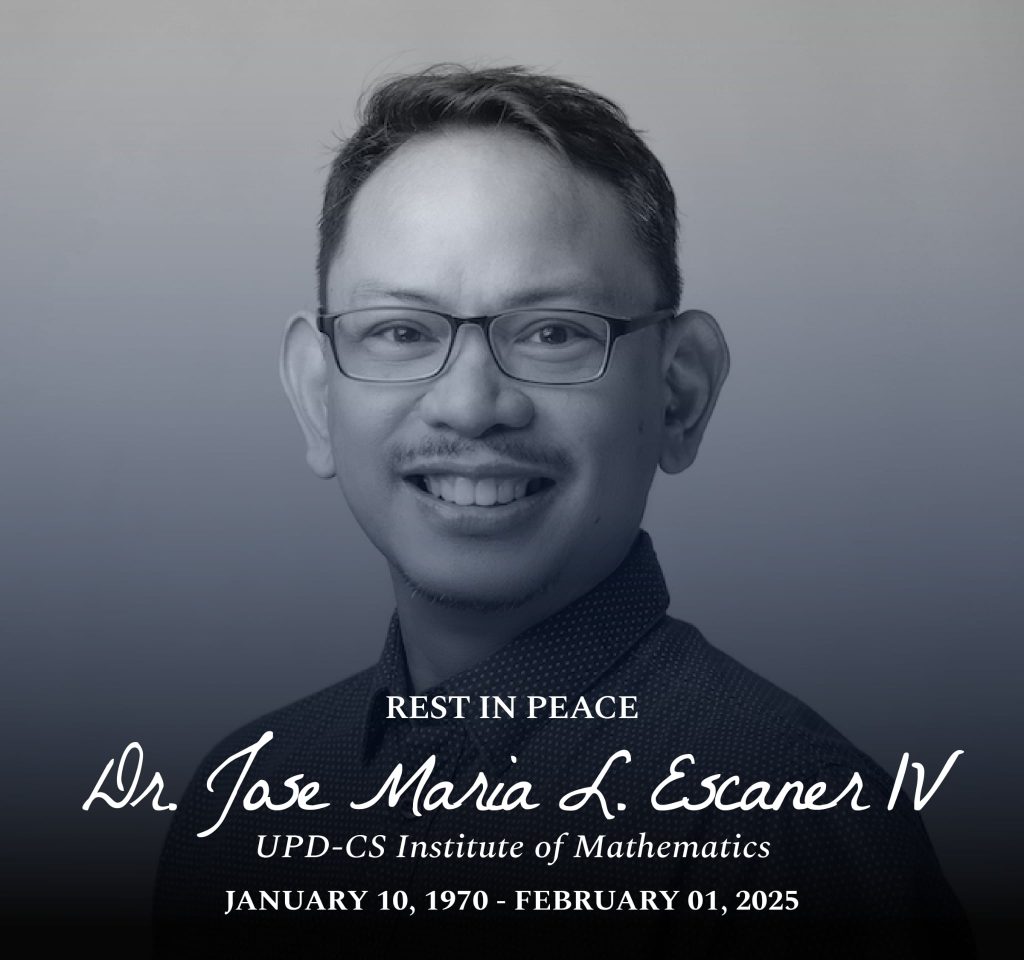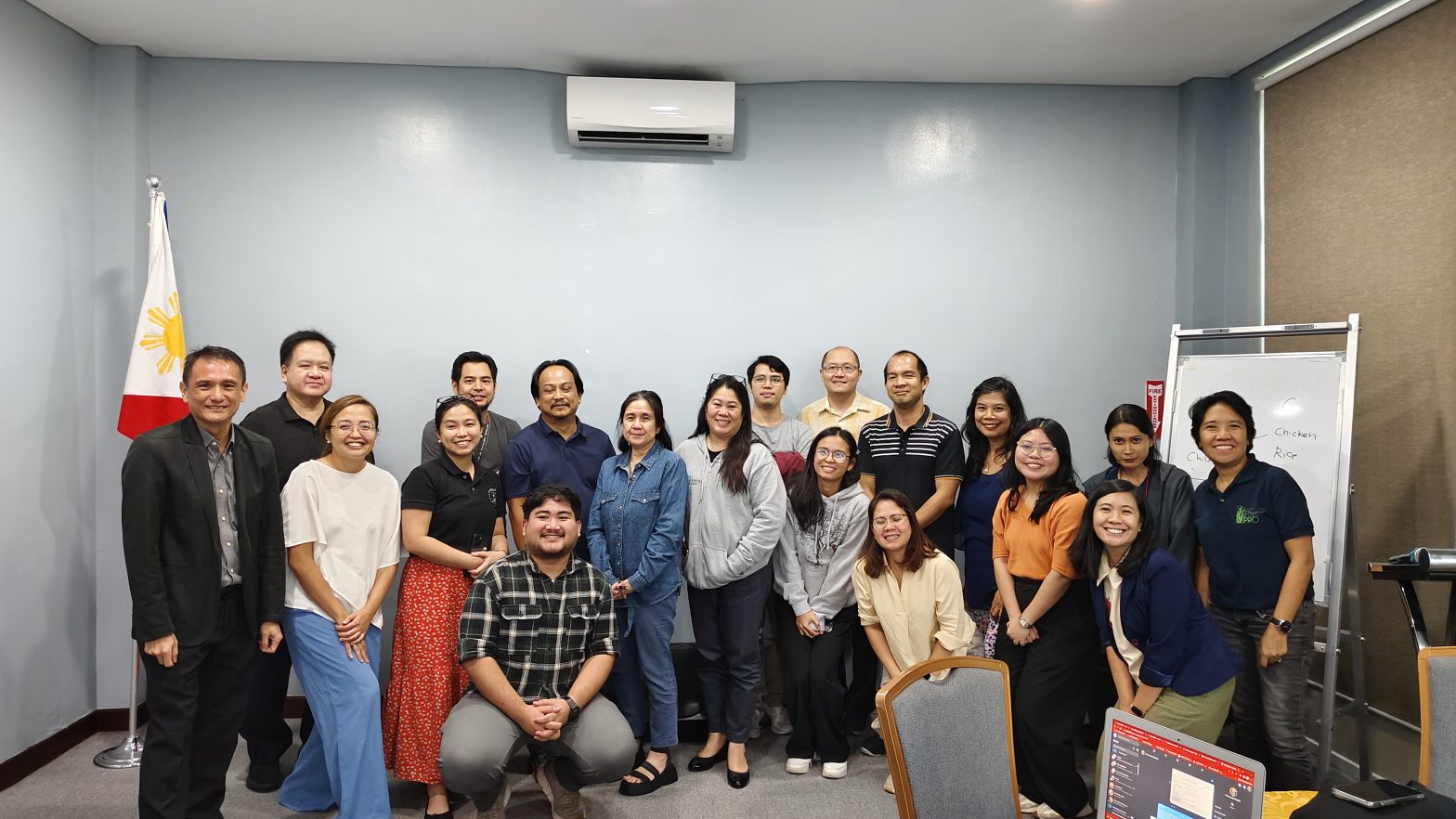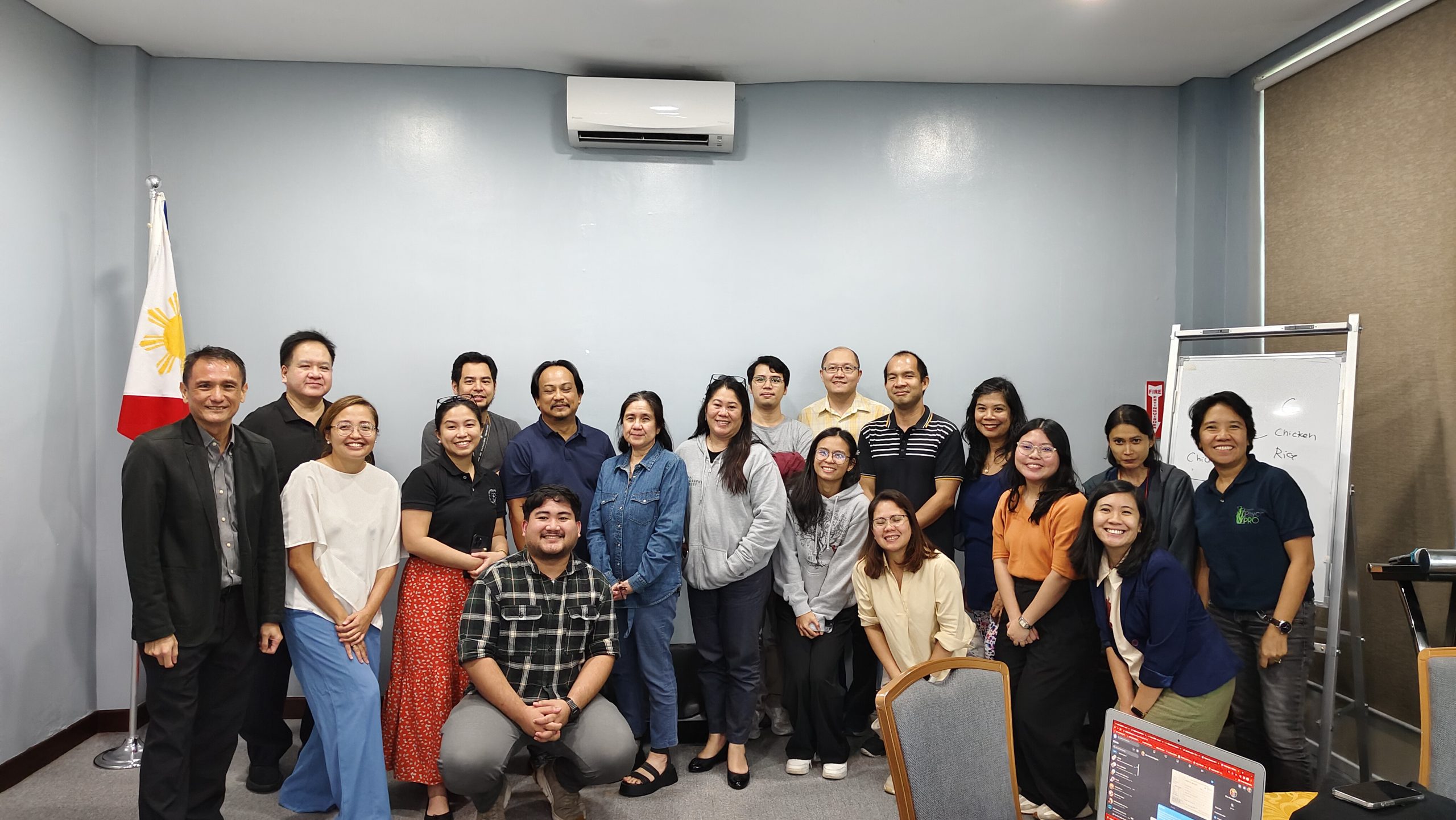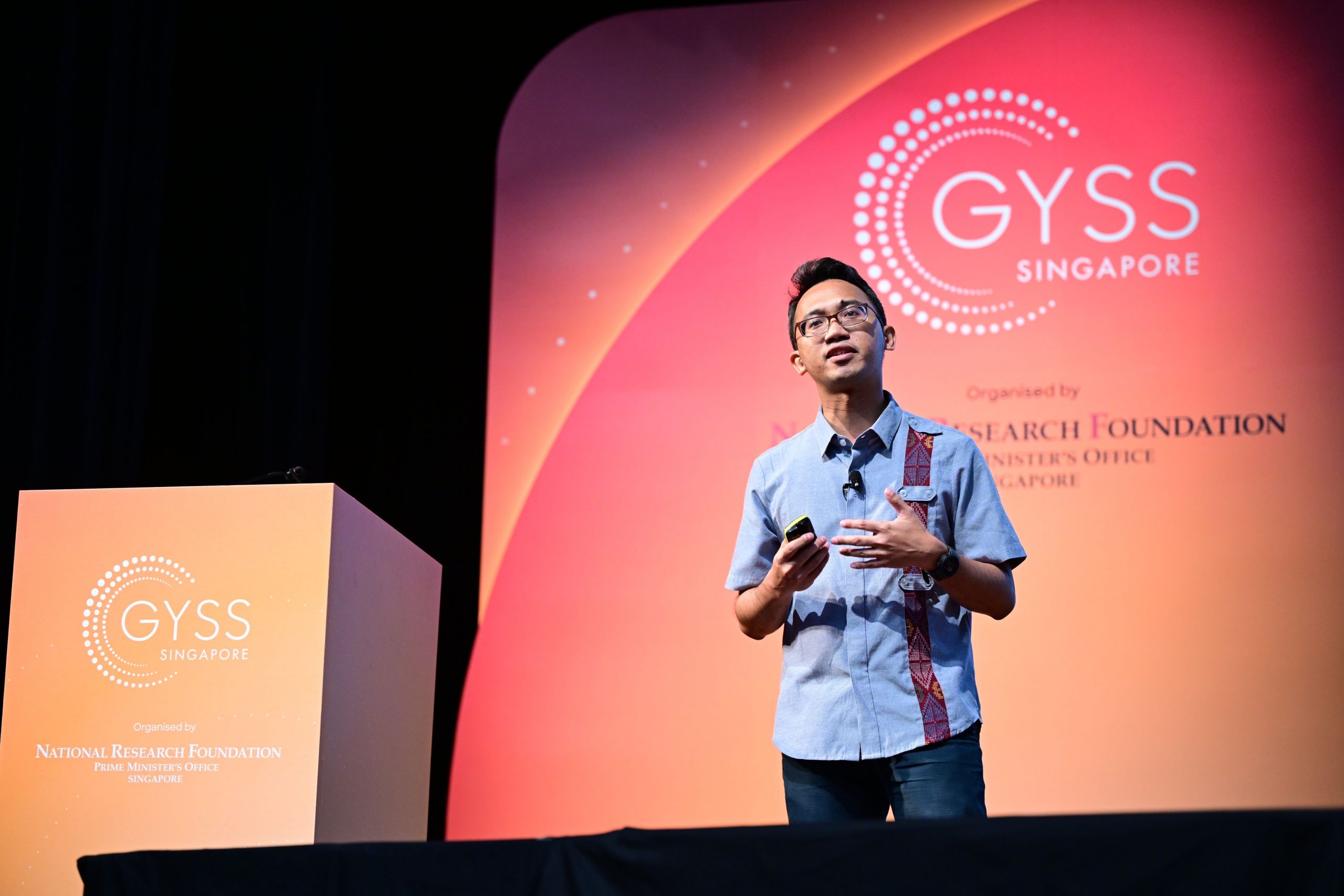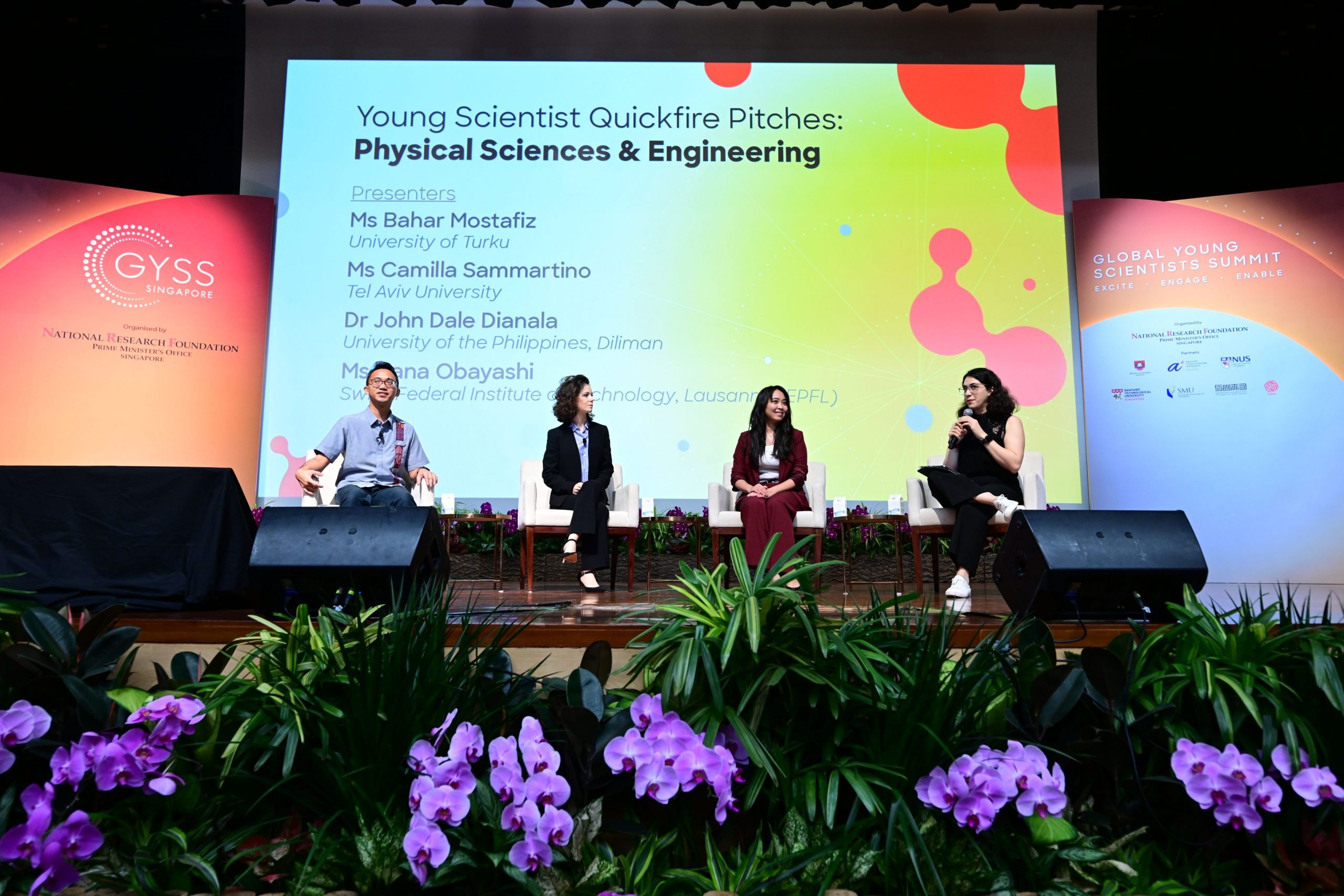UP Physicist Among Winners of Prestigious Breakthrough Prize in Fundamental Physics
Published: April 10, 2025
By: The ATLAS Collaboration
Dr. Marvin Flores, Assistant Professor of the University of the Philippines – Diliman College of Science National Institute of Physics (UPD-CS NIP) and the Team Leader of the ATLAS group based in the Philippines, is among the thousands of researchers worldwide honored with the 2025 Breakthrough Prize in Fundamental Physics, awarded to the A Toroidal LHC ApparatuS (ATLAS) Collaboration at the Conseil Européen pour la Recherche Nucléaire (CERN)’s Large Hadron Collider (LHC) alongside its sister experiments A Large Ion Collider Experiment (ALICE), Compact Muon Solenoid (CMS), and Large Hadron Collider beauty (LHCb).
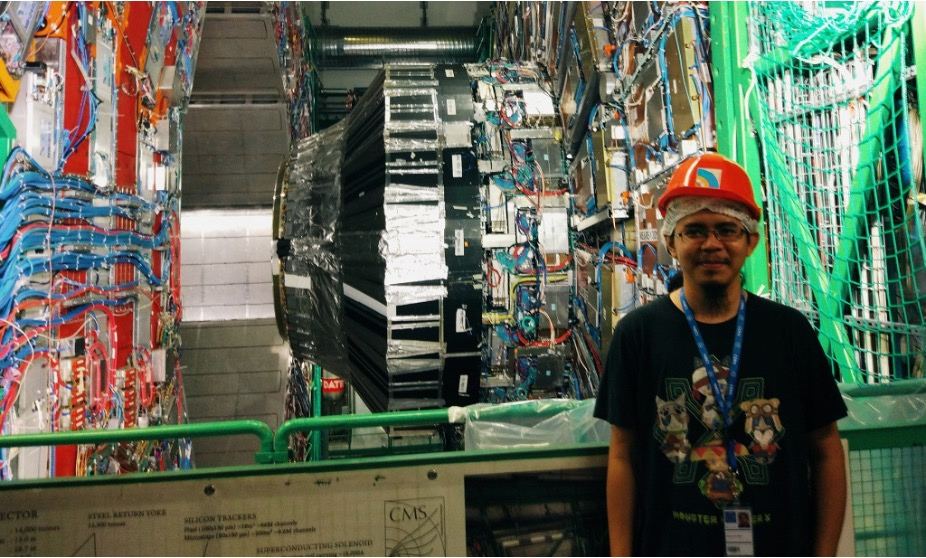
ATLAS is one of the largest and most complex scientific instruments ever built. As a general-purpose particle detector measuring over 40 metres in length and around 25 metres in height, it was designed to investigate the fundamental building blocks of matter and the forces governing our universe. Its cutting-edge systems track particles produced in particle collisions at unprecedented energies, enabling discoveries like the Higgs boson and searches for new physics beyond the Standard Model.
The Breakthrough Prize specifically highlights the ATLAS Collaboration’s significant contributions to particle physics, including detailed measurements of Higgs boson properties, studies of rare processes and matter-antimatter asymmetry, and the exploration of nature under the most extreme conditions.
“The Breakthrough Prize is a testament to the dedication and ingenuity of the ATLAS Collaboration and our colleagues across the LHC experiments,” said ATLAS Spokesperson Stephane Willocq. “This prize recognises the collective vision and monumental effort of thousands of ATLAS collaborators worldwide.”
UPD-CS NIP has been at the forefront of ATLAS research since 2021, contributing to the search for new physics beyond the Standard Model (BSM).
“Our team’s work on BSM modelling and simulation exemplifies the innovation driving ATLAS forward,” said Dr. Flores. “This recognition affirms the impact of our contributions and inspires us to continue exploring the universe’s most fundamental questions.”
“The successes of Run 2 showcase the ingenuity of the ATLAS Collaboration — not only in collecting data with a detector of outstanding precision, but also in our relentless drive to improve our understanding of it,” said Andreas Hoecker, former ATLAS Spokesperson.
While the ATLAS Collaboration celebrates the recognition of the Breakthrough Prize, its focus remains firmly on the future. The third operation period of the LHC is currently underway and preparations for the High-Luminosity LHC upgrade are advancing rapidly. NIP’s High Energy Physics & Phenomenology (HEP-PH) team of 15 physicists and students is deeply involved in preparing ATLAS for its next chapter. Although their current contributions are currently in the theoretical and phenomenological side, the team is ramping up their experimental involvement through concrete steps like the formation of the ATLAS Philippine Cluster involving other Philippine universities.
“We are now preparing the ATLAS detectors of the future — designed to harness this unprecedented data and further push our understanding of the universe’s fundamental building blocks,” concludes Willocq.
For interview requests and other concerns, please contact media@science.upd.edu.ph.



